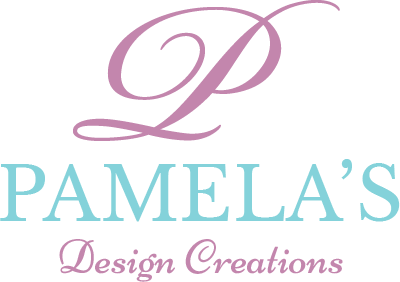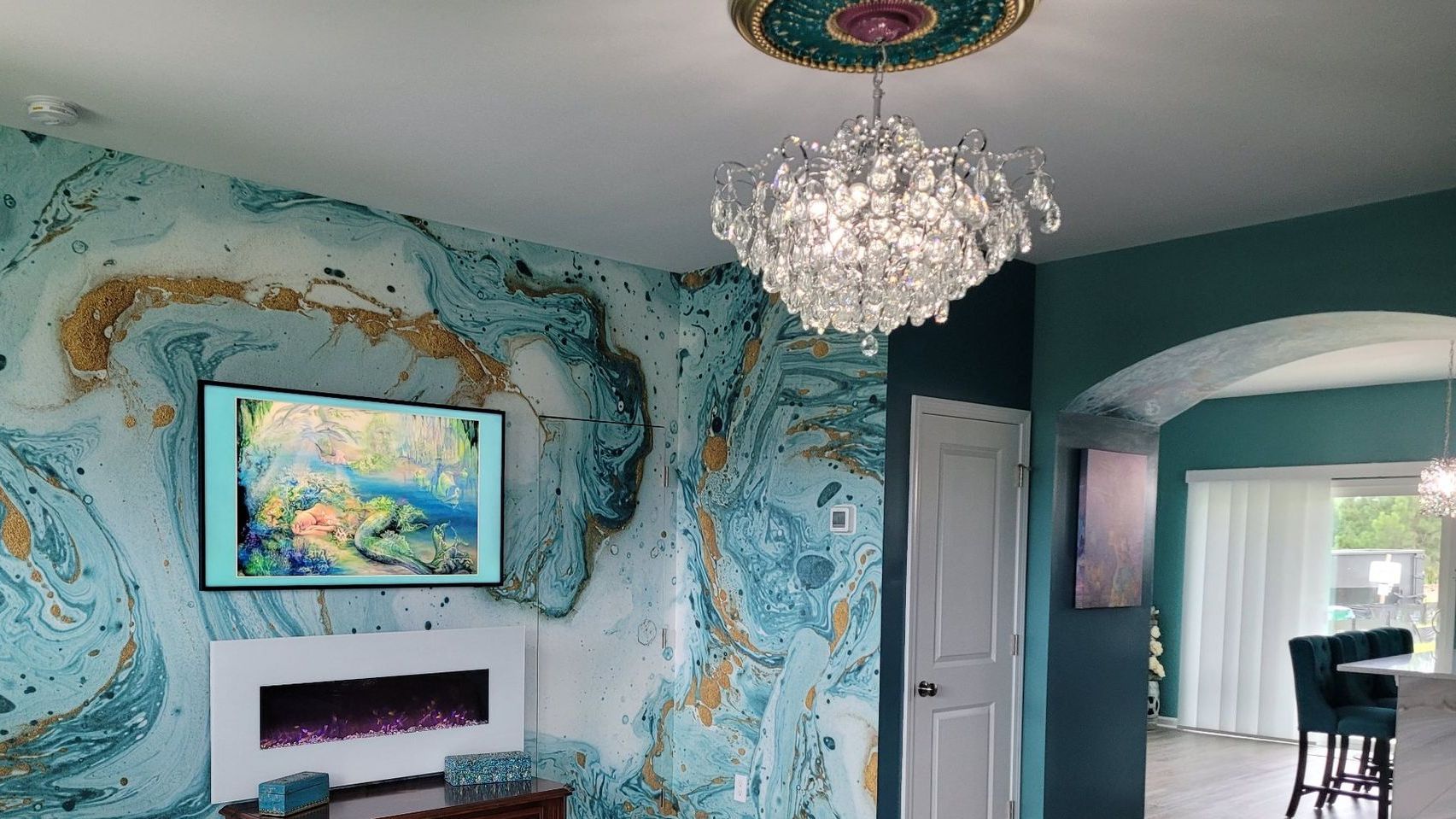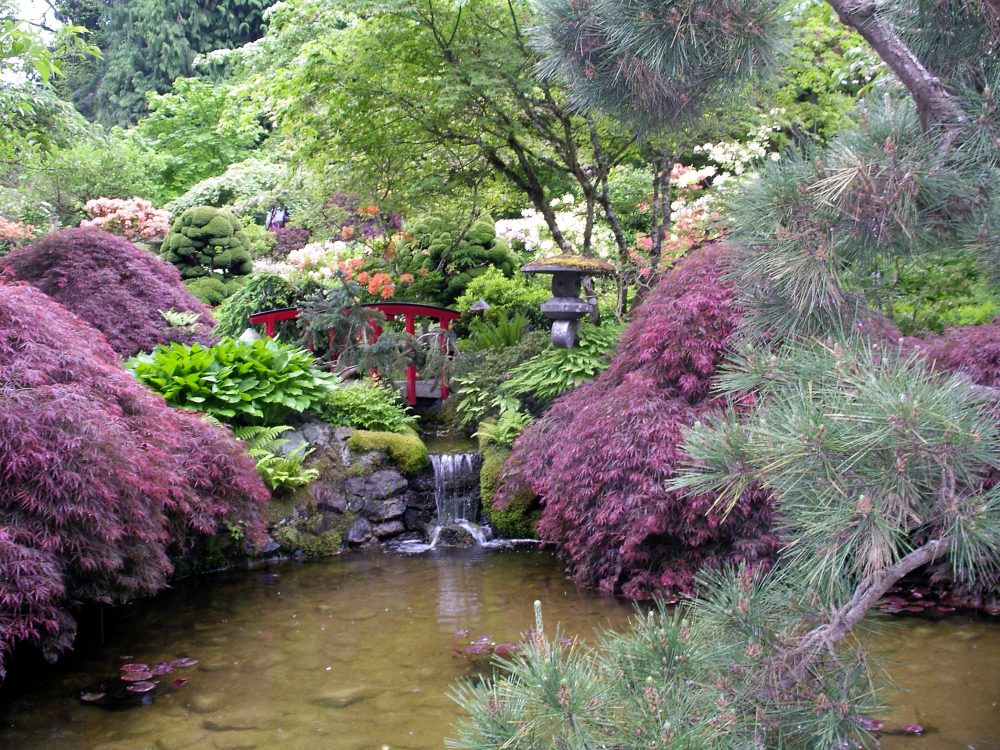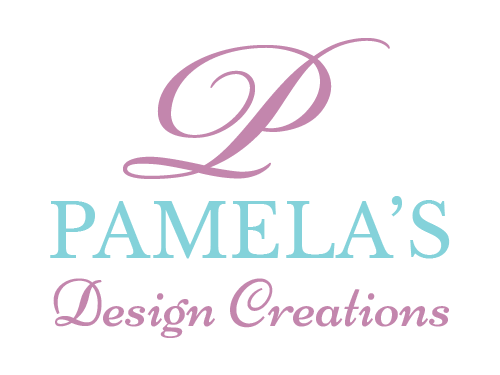Pamela's Design Creations Blog
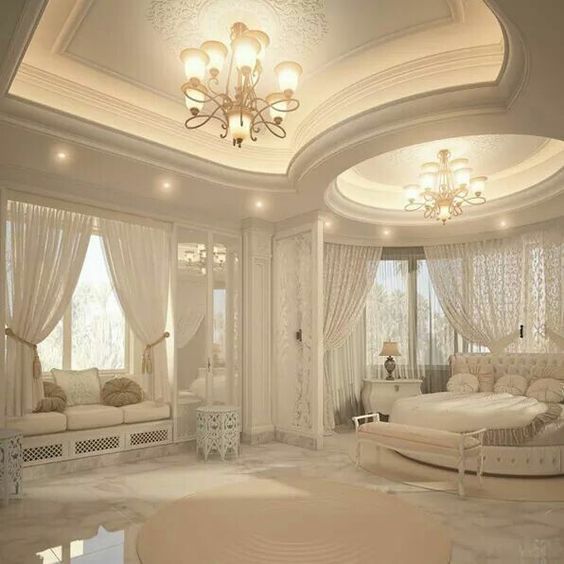
In the world of interior design, personal style plays a vital role in creating a home or space that truly reflects who you are. Your personal style is not only an expression of your tastes and preferences, but it also serves as a visual representation of your personality, values, and unique perspective. It is the thread that connects every choice, and every element in your home, creating a cohesive design that feels authentic to you and resonates with your true self. The journey of discovering your personal style is an exciting and transformative process. It requires more than just collecting inspiration; it demands a deep understanding of yourself, your experiences, and the emotions and desires that drive you. It is a form of self-expression that transcends trends and societal expectations, allowing you to craft a space that truly reflects who you are and how you want to live your life. The design should not follow trends or other styles; they should reflect you and your own style. To embark on this journey, begin by immersing yourself in the world of design. Explore various sources of inspiration, such as interior design magazines, books, websites, and social media platforms. Take note of the designs and elements that catch your eye but go beyond just surface-level appreciation. Dive deep into your emotional response to these designs. Do certain colors evoke feelings of tranquility or excitement? Do particular patterns spark a sense of nostalgia or adventure? By truly understanding the emotional impact of different design elements, you can start to unravel the intricacies of your personal style. As you reflect on your collected inspirations and emotional responses, take a moment to consider the values and principles that guide your life. Are you someone who values simplicity, minimalism, and functionality? Or do you find inspiration in vibrant diversity, embracing a mix of styles and eras? Understanding your values and how they align with design principles can help you shape your personal style in a way that feels authentic and meaningful. Furthermore, examine your lifestyle and how you want your home to support and enhance it. Consider your daily routines, hobbies, and interests, as well as the atmosphere you wish to create in your space. Are you a nature enthusiast who craves a home filled with plants and natural materials? Or perhaps you’re a creative soul seeking a space that inspires artistic pursuits. By aligning your personal style with your lifestyle, you can create an environment that not only looks beautiful but also nurtures and supports you in your everyday life. In addition to introspecting and analyzing your own preferences, draw inspiration from the world around you. Look back at the places you've traveled, the cultures you've experienced, and the art that has moved you. Each of these experiences holds a wealth of inspiration that can be translated into your home design. Whether it's the warm earth tones of a Moroccan market or the sleek and minimalist aesthetics of Japanese architecture, incorporating elements from your favorite places can infuse your home with a sense of personal connection and authenticity. As you delve deeper into your personal style, take note of the emotions and sensations evoked by different materials and textures. Do you find comfort and serenity in the touch of soft fabrics like velvet or linen? Or are you drawn to the rough and rugged textures of natural wood and stone? By carefully selecting materials that resonate with you on a sensory level, you can create a home that not only looks visually appealing but also feels like a haven for your senses. It's essential to remember that personal style is not something that can be defined overnight. It is an ongoing exploration and discovery process that evolves as you do. Embrace the journey and allow yourself to make mistakes and change your preferences along the way. What matters most is staying true to yourself and creating a space that reflects who you are at any given moment. In the quest to discover your personal style, don't be afraid to seek inspiration from others, whether it's professional designers or fellow homeowners sharing their spaces. However, always interpret that inspiration through the lens of your unique preferences and experiences. Let it guide and influence you but ensure that the end result is a reflection of your authentic self. Remember, your home is not merely a collection of furniture and décor – it is a sanctuary, a reflection of your soul. Embrace your personal style, and let it guide you in creating a space that not only looks beautiful but also feels deeply meaningful and authentic to who you are. By understanding your aesthetic preferences, reflecting on your emotions and experiences, and incorporating elements that bring you joy on a profound level, you will embark on a transformative journey to design a home that is not only visually pleasing but also nourishing for your spirit. The design is about bringing you to your true center of joy.
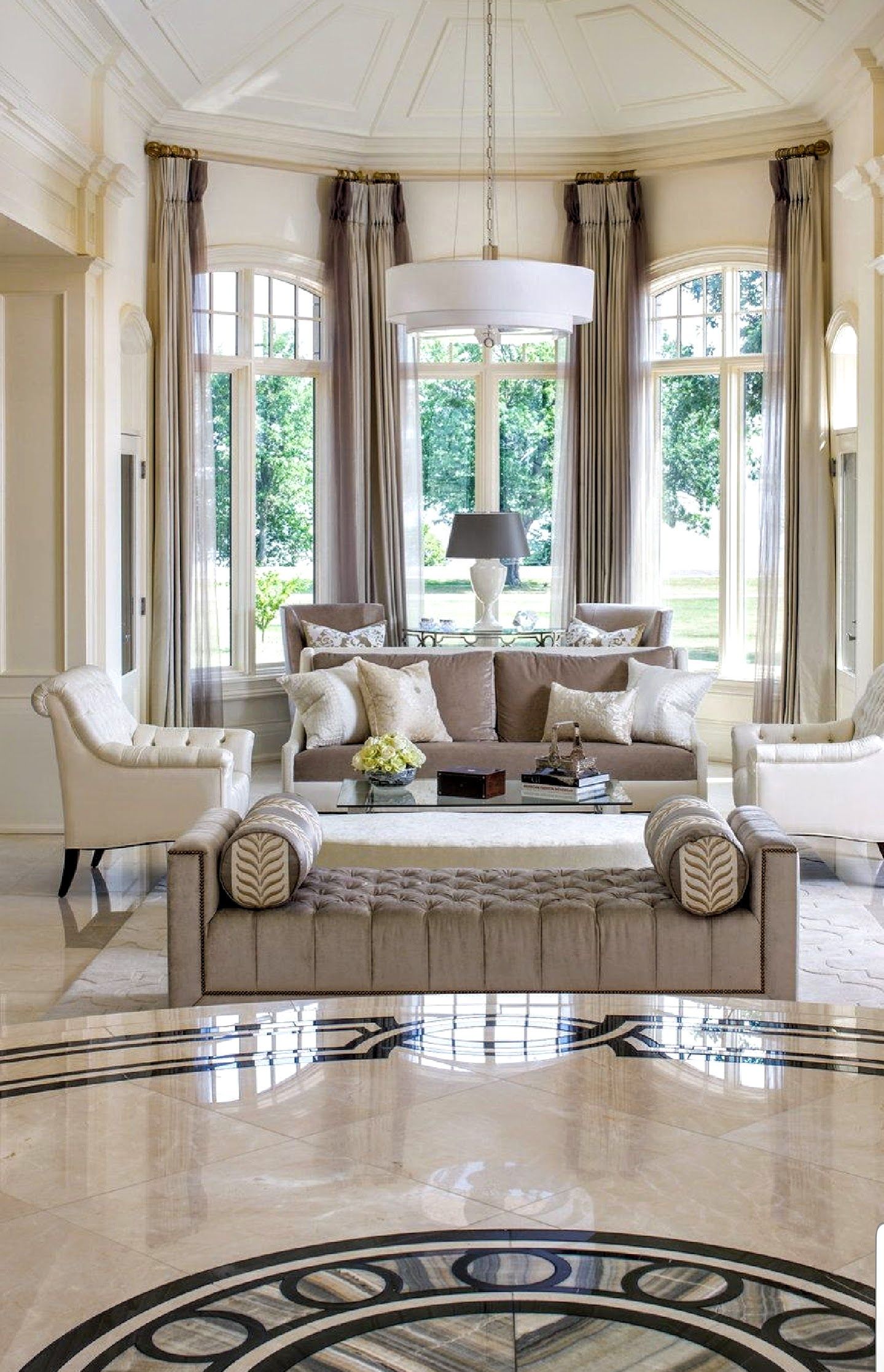
In this article, we will delve deeper into the significance of furniture in creating a home sanctuary that truly reflects your personal style. Your choice of furniture plays a crucial role in not only setting the tone and atmosphere of your space but also in showcasing your individual taste, preferences, and personality. Let us explore the various aspects to consider when selecting furniture that aligns with your style, ensuring a harmonious and aesthetically pleasing environment.
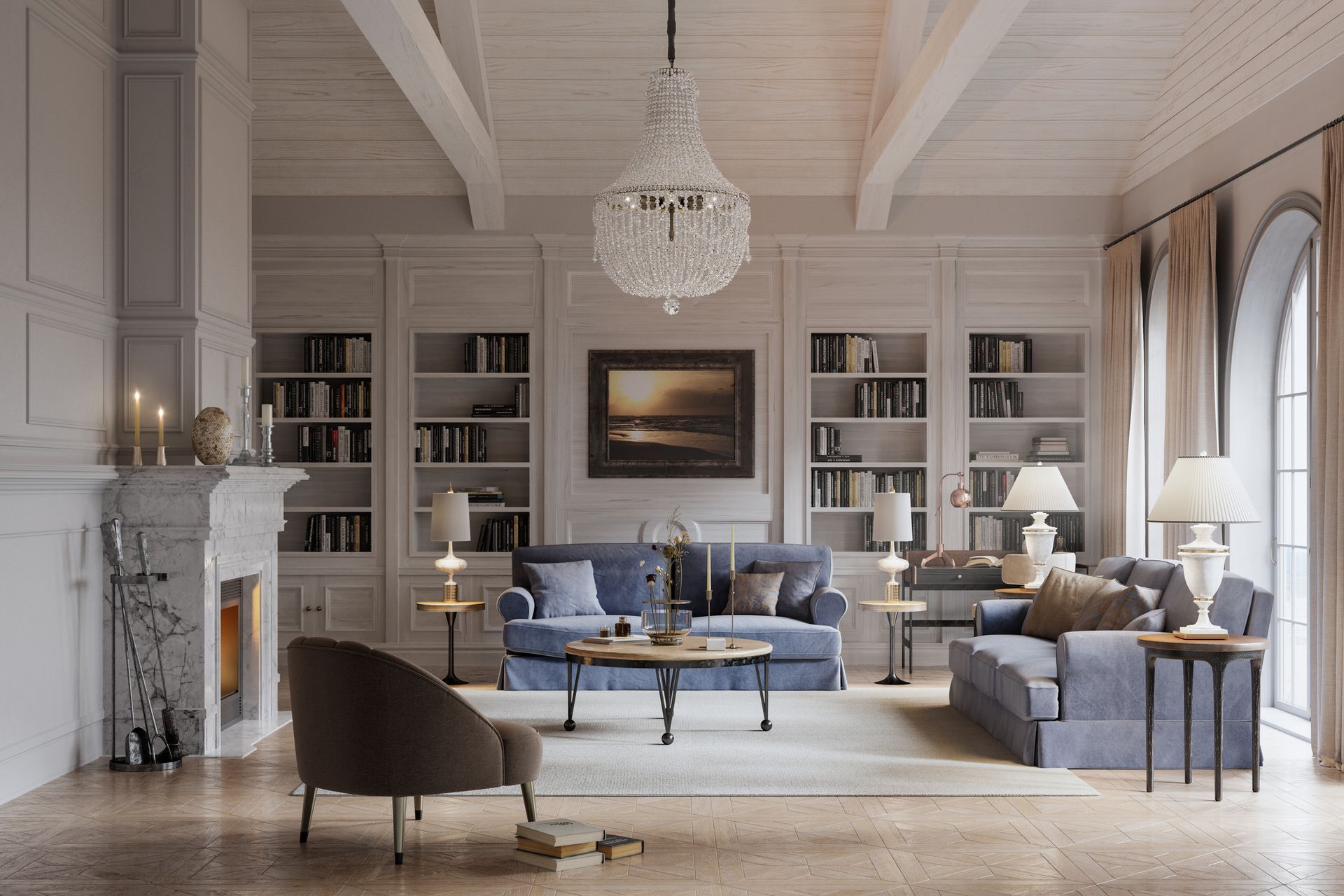
When it comes to creating a harmonious and functional living space, arranging furniture is a crucial step. A well- designed room looks aesthetically pleasing and serves its purpose effectively. In this article, we will explore the key aspects of furniture arrangement, including function, balance, traffic flow, and the importance of incorporating different seating options creating fluidity and flow for entertaining and relaxing. Function is a fundamental consideration when arranging furniture. Before diving into the arrangement process, take some time to evaluate the purpose of each area within the room. Do you have a designated reading nook? Is the room also meant to serve as an entertainment or home office? Understanding the intended function of each zone will help you determine the best positioning for your furniture. Consider how you want to use the space and what activities will occur. This will guide you in selecting the right furniture pieces and their placement. For example, if you plan on using the living room for family gatherings and movie nights, opt for comfortable seating arrangements and ensure the television or media center is easily visible from various angles. On the other hand, if you want to create a cozy reading corner, position a cozy armchair and a side table next to a window, providing ample natural light. Once you have identified the functions, it's time to consider balance. Balance is all about creating visual equilibrium in your space. Start by assessing the room's layout and identifying its focal point - this could be a fireplace, a large window with a beautiful view, or even a piece of artwork. Arrange your furniture in a way that directs attention towards this focal point. For example, if you have a fi replace, position your seating options around it to create a cozy and intimate atmosphere. Balance can also be achieved by incorporating furniture of varying heights and sizes throughout the room. This helps distribute visual weight and prevents any one piece from overwhelming the space. When arranging furniture, it's essential to consider traffic flow within the room. No one wants to navigate through a cluttered and obstructed space. Ensure that there is enough space to move freely without hindrance. Avoid blocking doorways or pathways that lead to other parts of the house. By allowing for smooth movement, you create an atmosphere of convenience and accessibility. Take into account the natural flow of foot traffic and make adjustments accordingly. Consider how people will enter and exit the room and position furniture accordingly to create clear pathways. Consider the visual weight and size of each piece of furniture when creating balance. Distributing furniture evenly throughout the room helps create a sense of harmony. For instance, if you have a large sofa on one side, balance it with a substantial piece, such as an entertainment center or bookshelf, on the other side. This balances the visual weight and creates a cohesive and aesthetically pleasing arrangement. Additionally, consider the proportions of the room when selecting furniture. Oversized furniture can make a small room feel cramped, while small furniture in a large space may make it feel sparse. Finding the right balance between furniture size and room dimensions is essential. Incorporating different seating options is another essential element of furniture arrangement. By mixing and matching chairs, ottomans, and sofas of varying sizes and heights, you can add depth and interest to the space. Experiment with angles and groupings to create a visually intriguing arrangement. Avoid the common temptation to push all the furniture against the walls, as this can make the room feel disconnected and cold. Instead, try floating furniture in the center of the room or creating distinct seating areas using rugs and floor lamps to define the spaces. This approach fosters conversations and interaction, making the room feel inviting and cozy. As you explore various furniture arrangements, trust your instincts and pay attention to how the space feels to you. Sometimes, it may take multiple adjustments before achieving the perfect arrangement. Don't hesitate to experiment and try unconventional layouts until you find the one that suits your style and preferences. Remember, arranging furniture is not just about aesthetics; it's about creating an environment that promotes comfort, functionality, and balance. With careful consideration of function, balance, traffic flow, and the incorporation of different seating options, you can transform your living space into a haven that reflects your unique style and personality, offering both visual appeal and practicality for your everyday life.
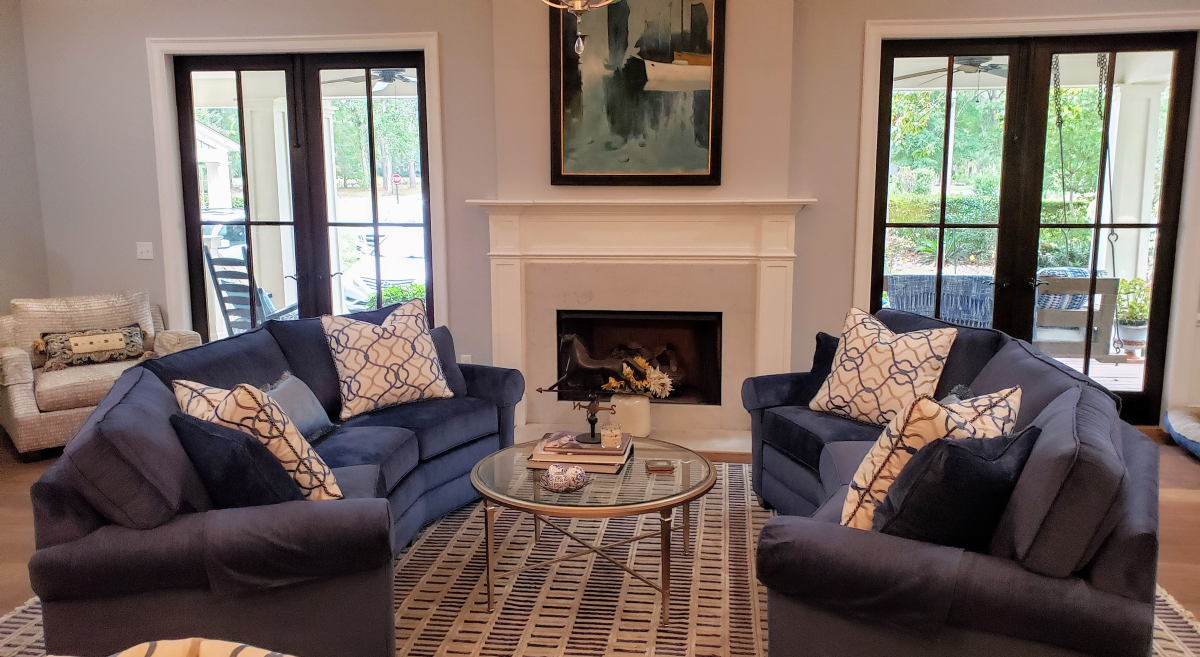
Designing a home sanctuary involves more than just choosing the right color palette and furniture. Patterns and textures are essential elements that can elevate your space and add depth and visual interest. These elements create an immersive and captivating environment that looks visually appealing and stimulates the senses. Patterns have the power to transform a room and set the mood. They can be incorporated into your home through various elements such as wallpaper, fabrics, rugs, and even artwork. Patterns can range from bold and vibrant to subtle and understated, depending on your personal style and the desired effect. When using patterns, it is important to consider the scale and placement to ensure a harmonious and balanced look. One way to add depth to your space is by layering different patterns. Start by choosing a primary pattern to serve as the focal point. This could be a large-scale floral wallpaper, an intricately patterned area rug, or a vibrant geometric fabric on a statement piece of furniture. The primary pattern should be the most prominent and eye-catching element in the room, drawing attention and setting the tone for the space. Select secondary patterns that complement the primary pattern to create a cohesive and visually pleasing look. These secondary patterns can be smaller-scale patterns in similar or contrasting colors. For example, if you have a fl oral wallpaper as the primary pattern, you can layer it with throw pillows featuring a geometric print or curtains with a subtle stripe pattern. This combination of patterns adds visual interest without overwhelming the space. But patterns alone cannot create depth; textures are equally important. Incorporating different textures adds tactile interest and can create a cozy and inviting atmosphere. Textures can be introduced through various materials such as cozy knits, plush velvet, smooth leather, natural fibers like jute or sisal, or even textured wallpaper or wall panels. Mixing textures can be done by combining different materials in furniture, accessories, and even architectural elements. For instance, pairing a sleek leather sofa with a chunky knit throw and velvet accent pillows creates a delightful textural contrast. Bringing in a rattan chair or using a jute rug in the room introduces natural textures that add an organic and grounded feel. A layered and multidimensional look is achieved by thoughtfully combining these textures, making your space more visually appealing and inviting. It is important to consider the balance and proportion of patterns and textures in each room. Remember, less is often more. Overwhelming the space with too many competing elements can make it appear cluttered and chaotic. Instead, aim for a cohesive and harmonious combination that enhances the overall aesthetics of your home. When choosing patterns and textures, consider the function of the space as well. The patterns and textures used in a bedroom may differ from those in a living room or study. You may want to create a serene and tranquil atmosphere in a bedroom with soft and soothing patterns and textures. Opt for delicate floral prints, gentle pastel colors, and plush bedding to enhance the sense of calm. In a more lively space like a living room or study, you can experiment with bolder patterns and richer textures to bring energy and vibrancy to the room. Lastly, remember the visual impact of patterns and textures on the walls and floors. Wallpaper can instantly transform a plain wall into a work of art, adding depth and interest with its texture and pattern. Textured wallpaper or wall panels can create a luxurious and sophisticated look, especially when paired with rich fabrics and accessories. Additionally, a well-chosen rug can anchor the space and introduce a new layer of texture and pattern to tie the room together. By incorporating patterns and textures thoughtfully, you can transform your home sanctuary into a haven that looks visually captivating and feels cozy and inviting. Experiment with different combinations, trust your instincts and enjoy the process. Your home is your canvas, and with patterns and textures, you can add depth and dimension, making it a unique reflection of your personal style and creating a truly enchanting environment to unwind and recharge.
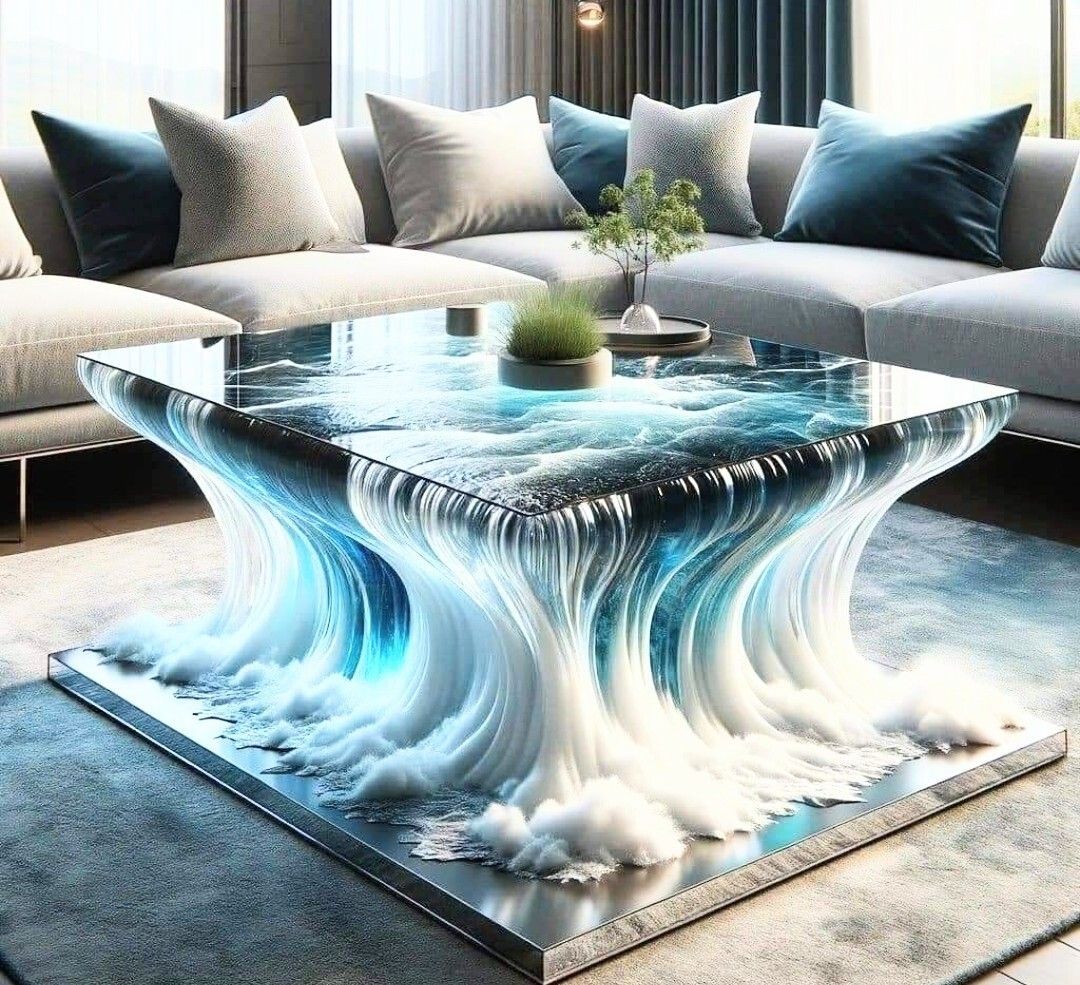
In the realm of interior design, focal points play a vital role in captivating the eye and creating a sense of balance and harmony within a space. They serve as the centerpieces of a room, drawing attention and adding visual interest. Whether you want to highlight a specific architectural feature or enhance the aesthetics of your home sanctuary, creating captivating focal points can truly elevate the overall design. One effective way to create a focal point is by highlighting a statement piece of furniture or artwork. This piece should be visually striking and have a unique quality that immediately captures attention. Consider incorporating color, texture, or shape elements that contrast with the rest of the room, creating a visual impact that is hard to ignore. A bold, colorful painting can inject a sense of vibrancy and personality into a space, while a sculptural piece of furniture can add an artistic flair and become a conversation starter. On the other hand, an intricate lighting fixture can serve as both a functional and decorative element, illuminating the space and creating an enchanting ambiance. Placing this standout item at the center of a room or in a prominent position can instantly anchor the space and become the focal point that draws everyone's gaze. Another approach to generating focal points is through the use of architectural elements. If your home has a stunning fireplace, an elegant staircase, or a grand window, why not make the most of these features? Accentuate their beauty by incorporating complementary furniture arrangements, such as placing a cozy seating area around the fireplace or adorning the staircase with captivating artwork. Consider using materials like stone or wood to enhance the architectural focal point further, creating a harmonious connection between the element and its surroundings. By embracing the natural beauty of the architecture, you can create a focal point that captures attention and celebrates your space's unique character. If you want to create a focal point without relying solely on furniture or architectural features, consider incorporating unique design elements such as an accent wall. You can instantly create a visually striking backdrop that demands attention by painting or wallpapering one wall with distinct pattern or color. This can be further enhanced by placing art or decorative objects that complement the accent wall, drawing attention to its prominence. Experiment with different textures and materials, such as exposed brick, reclaimed wood, or bold geometric patterns, to add depth and visual interest to the focal point. Remember to choose a color or pattern that harmonizes with the room's overall color palette, allowing the accent wall to integrate into the space seamlessly. Lighting also plays a vital role in enhancing focal points. Using strategic lighting techniques, you can create a spotlight effect, directing focus toward a specific area in the room. This can be achieved through the use of track lighting, recessed lighting, or even decorative lamps. Experimenting with different lighting options can bring out the best in your focal points and add an extra layer of allure. Consider using adjustable lighting fixtures that allow you to control the direction and intensity of the light, allowing you to highlight different aspects of your focal point depending on the desired effect. For example, angling a spotlight towards an artwork can create a dramatic effect, while diffused lighting can create a soft and inviting atmosphere around a statement piece of furniture. Remember, creating captivating focal points is about attracting attention and achieving balance within a space. It's important to consider the scale and proportion of the focal point in relation to the rest of the room. A focal point that is too overwhelming or overshadowing can disrupt the overall harmony, while one that is too small or insignificant may not have the desired impact. Consider the dimensions of the space and the surrounding elements when choosing or creating your focal point. Striking the right balance is key to creating a focal point that captivates and harmonizes with the other design elements in the room. In addition to visual elements, sound can also be utilized to create captivating focal points. Consider incorporating a mesmerizing water feature, such as a fountain or a flowing wall, that adds a sense of tranquility and becomes a focal point in the room. The soothing sound of water can create a relaxing ambiance and draw attention to its source. Similarly, music can be incorporated into a space by strategically placing high-quality speakers that blend seamlessly with the overall aesthetic. You can truly transport yourself into an enchanting environment by surrounding yourself with captivating sounds. Another aspect to consider when creating focal points is the concept of sensory experience. By engaging multiple senses, you can heighten the impact of a focal point. For example, if you have a visually striking fi replace, consider adding a cozy seating area with plush pillows and soft blankets that invite people to touch and feel the warmth. Incorporating scented candles or diff users near a focal point can add an aromatic element, creating a multi-sensory experience that enhances the overall appeal. By paying attention to these sensory details, you can create focal points that captivate the eye and engage the other senses, leaving a lasting impression on anyone who enters the space. In conclusion, creating captivating focal points in your home can truly transform the ambiance and make a lasting impression on those who enter. Whether you choose to emphasize furniture, artwork, architecture, unique design elements, or even incorporate sound and sensory experiences, remember to let your personal style and creativity shine through. Consider the overall theme or mood you want to convey in the space and select focal points that align with that vision. Embrace the opportunity to experiment with different elements and combinations, and don't be afraid to think outside the box. So go ahead, unleash your creativity, and create a stunning focal point that becomes the heart and soul of your home sanctuary.
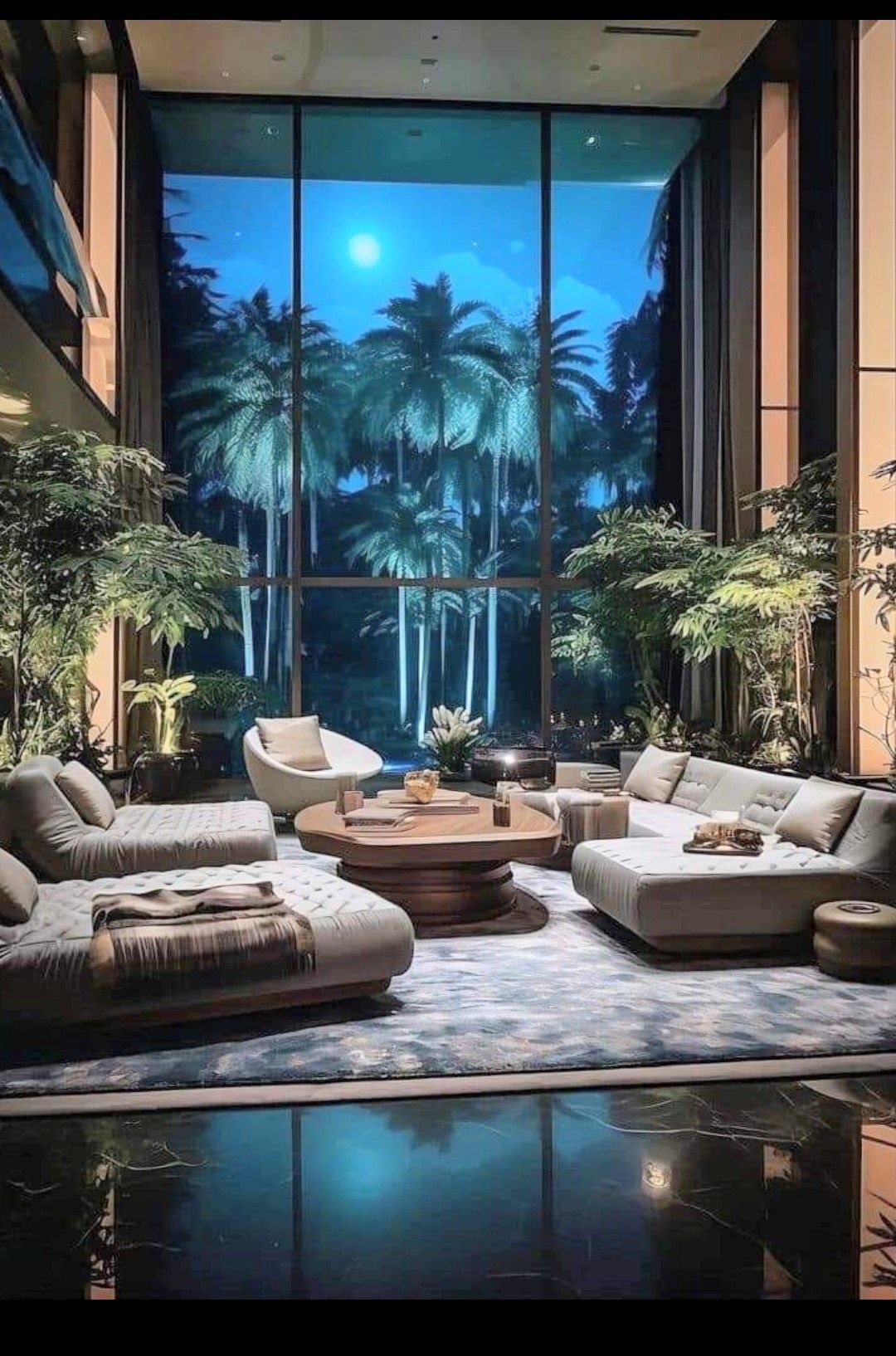
In today's world, sustainability and environmental consciousness are vital in every aspect of our lives. When it comes to designing our homes, it is essential to consider our personal taste and style and the impact our choices have on the planet. This article will guide you through the process of creating an eco-friendly home while keeping your budget in check.
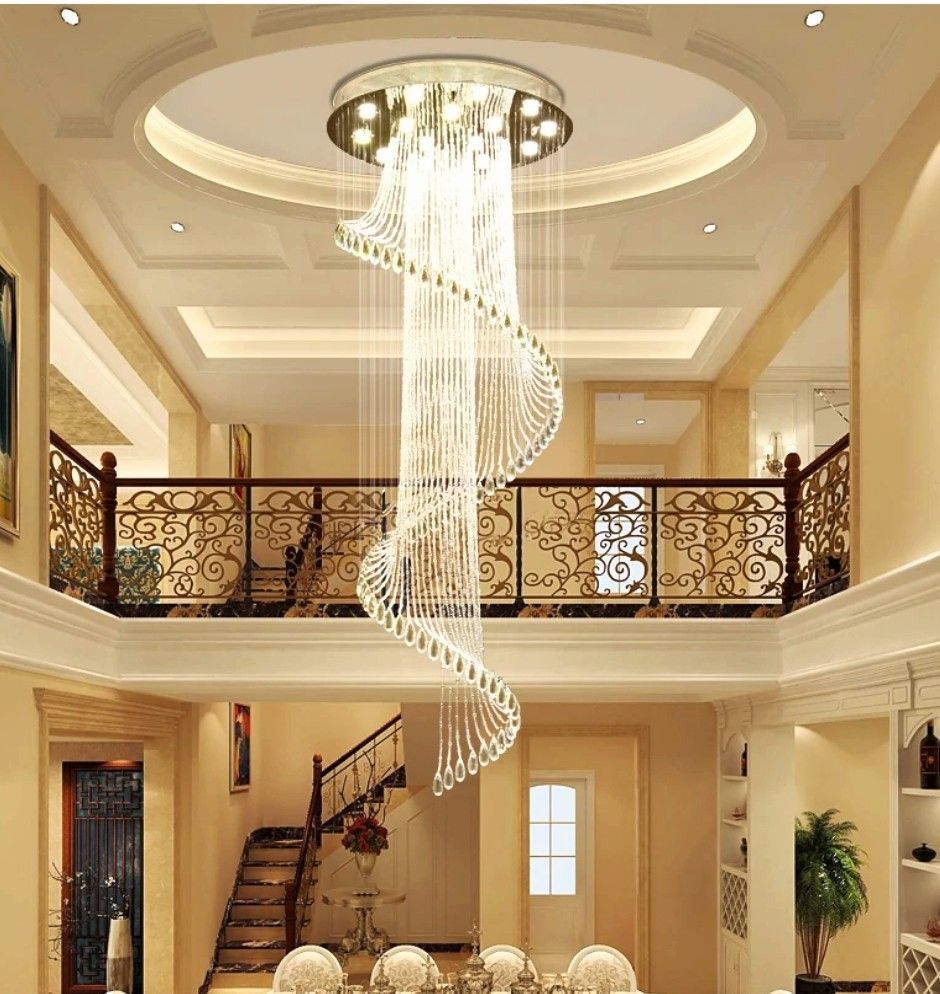
Lighting is crucial in creating the right ambiance and atmosphere for your home sanctuary. It not only serves a functional purpose but also enhances the overall aesthetic appeal of your space. Proper lighting can help highlight architectural features, create focal points, and set the mood for different activities or occasions. When designing the lighting for your home sanctuary, it is essential to consider both natural and artificial light sources. Natural light brings a sense of vitality and freshness, so maximizing it becomes important. Start by choosing window treatments that allow light to filter in while still offering privacy. Consider the orientation of your windows and strategically position furniture to take full advantage of natural daylight. Utilizing natural light not only saves energy but also offers numerous health benefits. Exposure to natural light boosts the production of serotonin, a neurotransmitter that helps regulate mood, sleep, and even appetite. It can also improve productivity and creativity, making your home sanctuary a nurturing space for all aspects of your life. For artificial lighting, think about layering different types of lighting to create depth and dimension in your space. Start with ambient lighting, which provides overall illumination and sets the general mood. This can come from overhead fixtures, such as chandeliers or recessed lights, and should be bright enough to ensure proper visibility throughout the room. Task lighting plays a significant role in areas where specific activities take place. The prime examples are reading lamps next to a cozy armchair or a pendant light above the kitchen island for meal preparation. When incorporating task lighting, consider adjustable fixtures that can be directed to illuminate specific work areas or objects. This ensures optimal lighting conditions for tasks while reducing eye strain and enhancing productivity. Proper task lighting is particularly critical in home offices and study areas. In these spaces, it is important to have evenly distributed light that minimizes shadows. Consider using desk lamps with a focused light source, adjustable arm, and color temperature closely matching daylight. This will help you stay focused and reduce eye fatigue during long working hours or study sessions, improving your productivity and intellectual pursuits. Accent lighting is a great way to highlight architectural elements, artwork, or any other focal points in your home sanctuary. This type of lighting creates a sense of drama and visual interest. Utilize track lighting, wall sconces, or spotlights to direct attention to these features and create a dynamic visual impact. Consider color temperature when choosing bulbs for accent lighting to ensure the desired effect. Warm white creates a cozy, inviting atmosphere, while cool white enhances focus and concentration. In addition to its aesthetic benefits, accent lighting can also significantly improve spatial perception. By carefully placing light sources to illuminate specific surfaces, you can visually expand or enhance the dimensions of a room. This technique can be particularly beneficial in smaller or oddly shaped spaces where creating an illusion of openness is desired to bring hues and effects for relaxation. Consider incorporating dimmer switches to enhance the lighting in your home sanctuary. These handy additions allow you to adjust the intensity of the light to suit different moods and activities throughout the day. Dimmers not only help set the right ambiance but also conserve energy and extend the lifespan of your light bulbs. They offer flexibility to transform your space from a brightly lit area for social gatherings to a softly lit haven for relaxation and introspection. When selecting light fixtures, consider their design and how they complement your overall style. Lighting fixtures can serve as decorative elements in themselves, contributing to the aesthetic appeal of your space. Whether your style is contemporary, traditional, or eclectic, countless options are available to find fixtures that reflect your personal taste while considering their practicality and functionality. Consider the effect of different materials, shapes, and finishes when choosing light fixtures. For instance, metal finishes like brass or copper can add a touch of sophistication and elegance, while glass fixtures create a sense of transparency and lightness. Experiment with various styles to fi nd the perfect balance between form and function, creating a harmonious and captivating visual experience for your home sanctuary. Lastly, it is important to review and reassess your lighting design regularly. As your needs or preferences change over time, you may want to adjust the types or positions of your light sources. Additionally, check your bulbs regularly for brightness and replace those that have burned out or lost their effectiveness. Keeping your lighting system well-maintained ensures optimal performance and creates a consistently inviting atmosphere in your home sanctuary. Remember, lighting is not only about functionality but also about creating the right ambiance and enhancing the overall atmosphere of your home sanctuary. By carefully planning and curating the lighting design, you can transform your space into a warm, inviting haven that truly reflects your personal style and provides the perfect sanctuary for relaxation, rejuvenation, and personal expression.
